Are you wanting to escape the crowds and follow the road less travelled? Here are five amazingly remote destinations that should be on your radar.
1. Coober Pedy
Why we love it: It may have been opals that put Coober Pedy on the map for early prospectors, but it’s the city’s subterranean lifestyle that now draws visitors to this rough-and-ready town in outback South Australia. Classic ‘dugouts’ were originally used by miners to beat the heat and today you’ll find hotels, churches, galleries and restaurants all situated (at least partially) underground.
Related: Legendary underground dwelling a must-see (Crocodile Harry’s House, Coober Pedy)
How you get there: Coober Pedy is situated 850 kilometres north of Adelaide on the sealed Stuart Highway. The drive will take you around ten hours with rest breaks. There are regional flights from Adelaide (two hours flying time) and a coach service.
Remoteness rating: Extreme. Coober Pedy is literally a town in the middle of nowhere, but access to spectacular landscapes like the Painted Desert make it well worth the journey.
Need a place to stay? Comfort Inn Coober Pedy Experience occupies an old opal mine and offers a true dugout experience. There are 16 underground ensuite rooms, and guests enjoy free Wi-Fi.
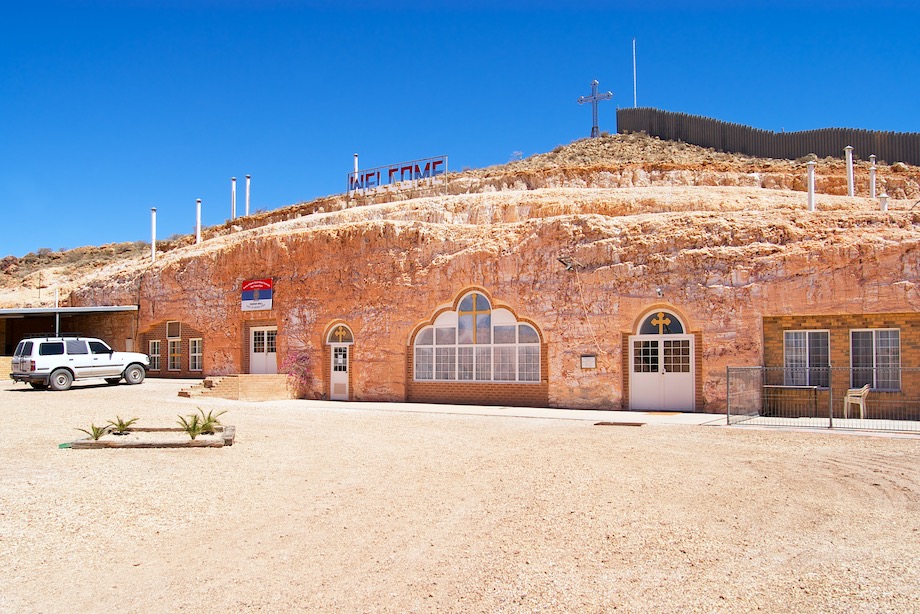
2. Karratha
Why we love it: Karratha in Western Australia’s remote Pilbara region is so much more than simply a hub for fly-in-fly-out mine workers. It’s the gateway to an adventure lover’s playground and offers access to some of the most sublime natural settings in the country. Explore the 42 islands of the Dampier Archipelago, dive into crystal clear rock pools in Karijini National Park, camp in the age-old splendour of Millstream Chichester National Park, or join a fishing charter to the Montebello Islands. It all begins in Karratha.
How to get there: Karratha is located 1,500 kilometres from the Western Australian capital Perth along the North West Coastal Highway. In theory you could do it in around 15 hours, but we’d recommend breaking up the trip with an overnight stop and frequent rest breaks. There are daily flights from Perth to Karratha, with a flying time of just under two hours.
Remoteness rating: Moderate to extreme. Given the mining infrastructure and amenities in town, Karratha feels far less remote than it actually is!
Need a place to stay? Econo Lodge Karratha is a relaxed property that makes a great base for exploring the region. Amenities include communal kitchen facilities, an on-site laundry and free parking. Comfort Inn and Suites Karratha offers a range of apartment-style accommodation options, each with a full kitchen and laundry. The hotel is set in beautifully maintained gardens.
You May Also Be Interested In: Follow in the footsteps of Australia’s most beloved dog (Karratha, WA)
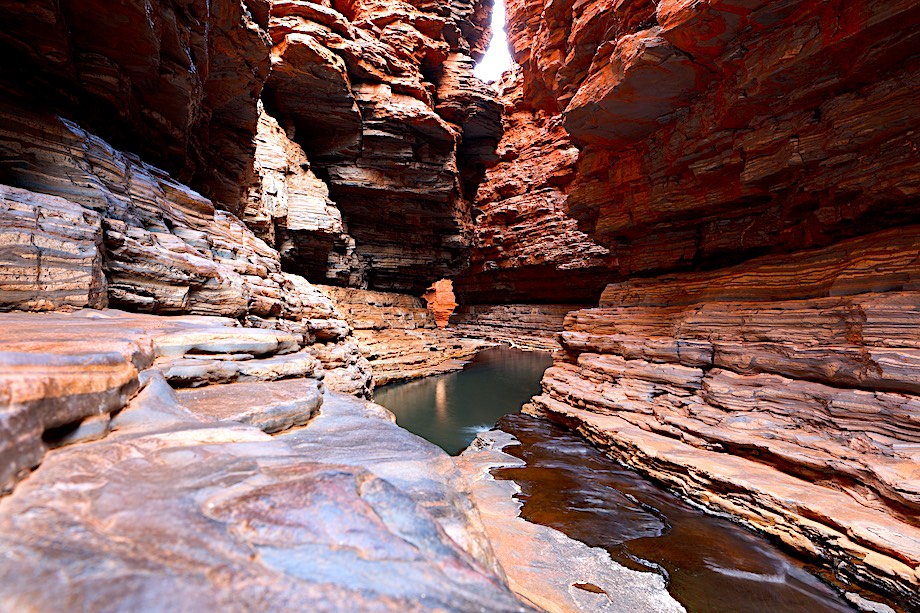
3. Kalgoorlie
Why we love it: If you love your Australian history, you’ll adore Kalgoorlie in the Eastern Goldfields region of Western Australia. The discovery of gold here in the late 1800s sparked a rush that continues to this very day, and the 3.5-kilometre long Kalgoorlie Super Pit is testament to the wealth that continues to be drawn from this semi-arid landscape. Head along to the Museum of the Goldfields to learn more, before taking in the fabulous period architecture in the city centre.
How to get there: Kalgoorlie is located 600 kilometres east of Perth and the drive will take you around eight hours with regular rest breaks. There are daily flights from Perth (one hour) and a number of weekly train services from East Perth Terminal. Travel time by train is around seven hours.
Remoteness rating: Moderate. With a population of 30,000, Kalgoorlie is the largest outback town in the country and has great amenities and transport links. However, it’s not hard to scratch beneath the surface and get a glimpse of life here as it was for the early prospectors. Just seek out some of the forty-or-so ghost towns dotted around the region.
Need a place to stay? Quality Inn Railway is located just a stone’s throw from the heart of Kalgoorlie and features a seasonal tropical-style outdoor pool. Room service is available from onsite Carriages Restaurant.
Related: Forget red dirt, it’s wildflower season in the historic Goldfields (Kalgoorlie, WA)
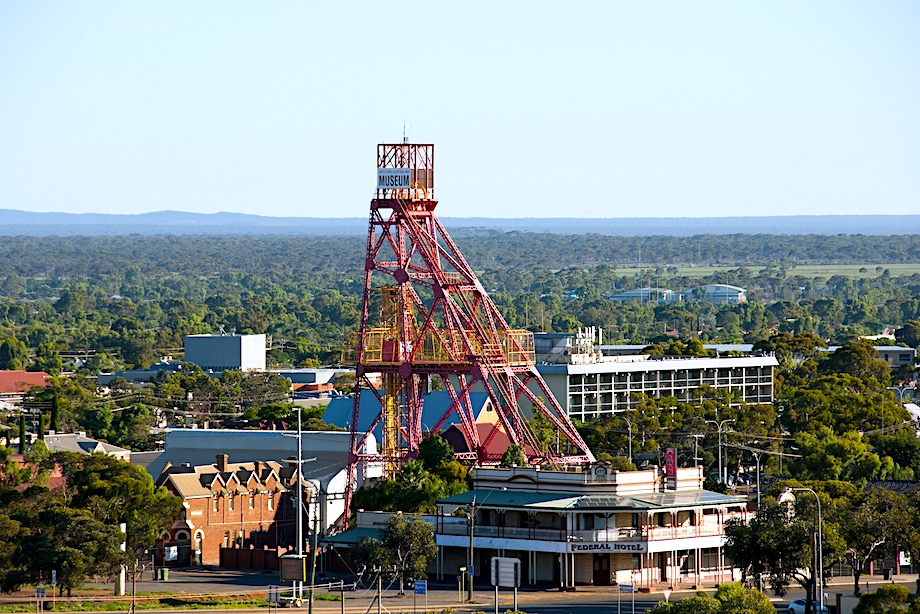
4. Broken Hill
Why we love it: A visit to Broken Hill in the far west of New South Wales is a rite of passage for many Aussie travellers. But trust us, even though it’s a long way from anywhere, one visit won’t be enough. The country’s longest continuously operating mining centre has an incredibly rich history to share – so much so that the entire town was inscribed on the National Heritage list back in 2015. Enjoy spectacular views across the city and surrounding landscape from the Lookout and Line of Load Miners Memorial, browse the collections of the city’s 14 museums and galleries and soak up the splendour of an outback sunset at the Living Desert State Park.
You Might Be Interested in: Twinkle, twinkle, in The Silver City (Outback Astronomy, Broken Hill, NSW)
How to get there: Broken Hill is located 1,100 kilometres west of Sydney and 500 kilometres north-east of Adelaide. Drive time from the New South Wales capital is roughly 14 hours with rest breaks (consider breaking up the trip with a night in Dubbo), while you can do the trip in six hours from Adelaide. There are daily flights from both capitals, along with train and coach services.
Remoteness rating: Moderate to extreme. You know you’re a long way from anywhere, but there’s always a cold beer or good latte within easy reach.
Need a place to stay? Check into Comfort Inn Crystal in the heart of Broken Hill and enjoy easy access to all the key heritage sites and attractions. Rooms feature mini bar facilities and free Wi-Fi is available.
Related: Dreamtime in the prestigious Bynguano Ranges (Mutawintji Heritage Tours, Broken Hill)
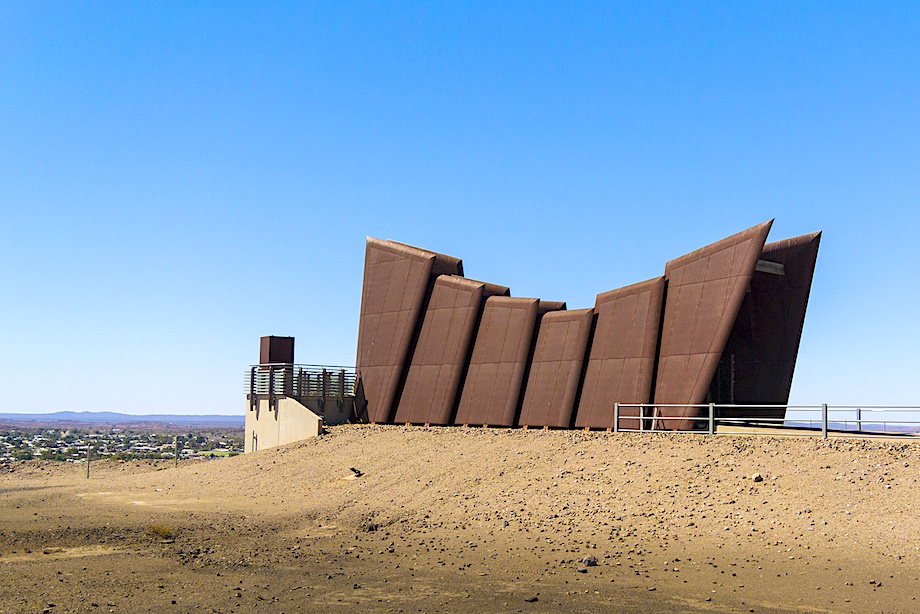
5. Esperance
Why we love it: Writing about Esperance on the southern coast of Western Australia often brings with it a wistful sigh as you daydream of a distant utopia of vast stretches of untouched coastline, pristine white sandy beaches, ocean-fed lagoons and azure water, all enveloped by a Mediterranean-style climate. Walk barefoot on iconic beaches like Lucky Bay or Thistle Cove, scale Frenchman Peak for astounding views, or head for the wetlands to spot myriad birdlife. August to November is wildflower season, bringing pops of colour to the landscape. Welcome to paradise!
How to get there: Esperance is located just over 700 kilometres south-east of Perth and the drive takes round eight hours with rest breaks. There are flights from Perth (flight time 90 minutes) and a coach service, which is a very relaxed way to travel and soak up the beauty of the passing landscape.
Remoteness rating: Moderate to extreme. Esperance has a population of just 15,000 people, which is not many for a region this big. As you get out and explore, you’ll often feel like you’re the only person on the planet. However, the amenities of town are there when you want them.
You Might Be Interested In: Views from the top of the world (Frenchman Peak, Esperance)
Need a place to stay? Comfort Inn Bay of Isles is located on the Esperance oceanfront and features a variety of deluxe accommodation options. Onsite Eljay’s Restaurant specialises in fresh steak and seafood.
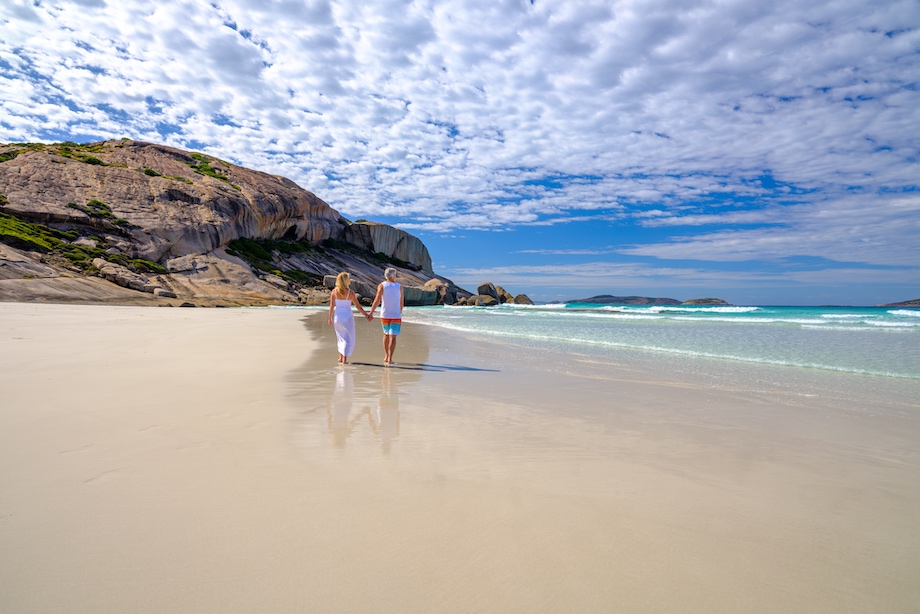
About the writer
Adam Ford is editor of The Big Bus tour and travel guide and a travel TV presenter, writer, blogger and photographer. He has previously had the opportunity to travel the world as host of the TV series Tour the World on Network Ten.


